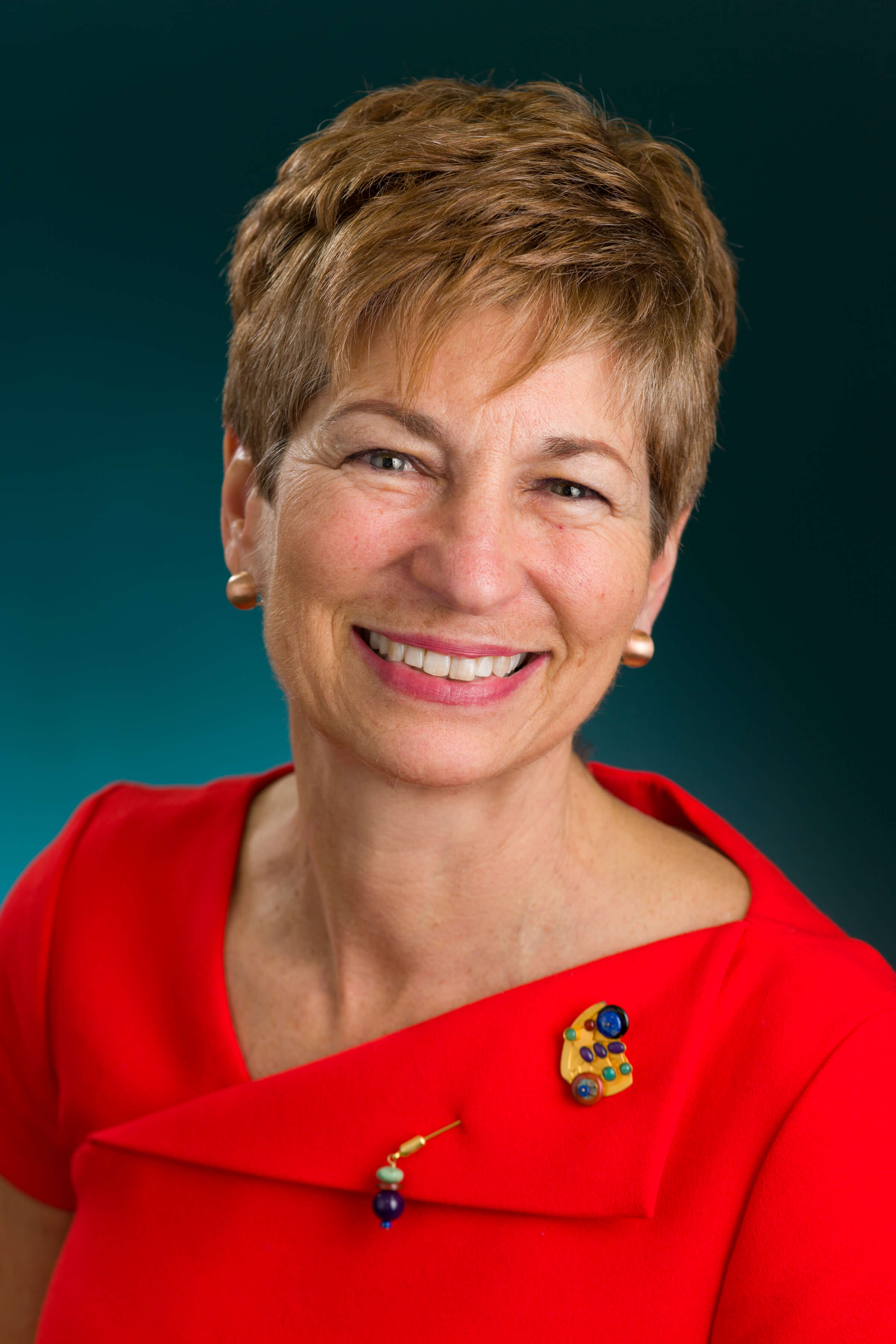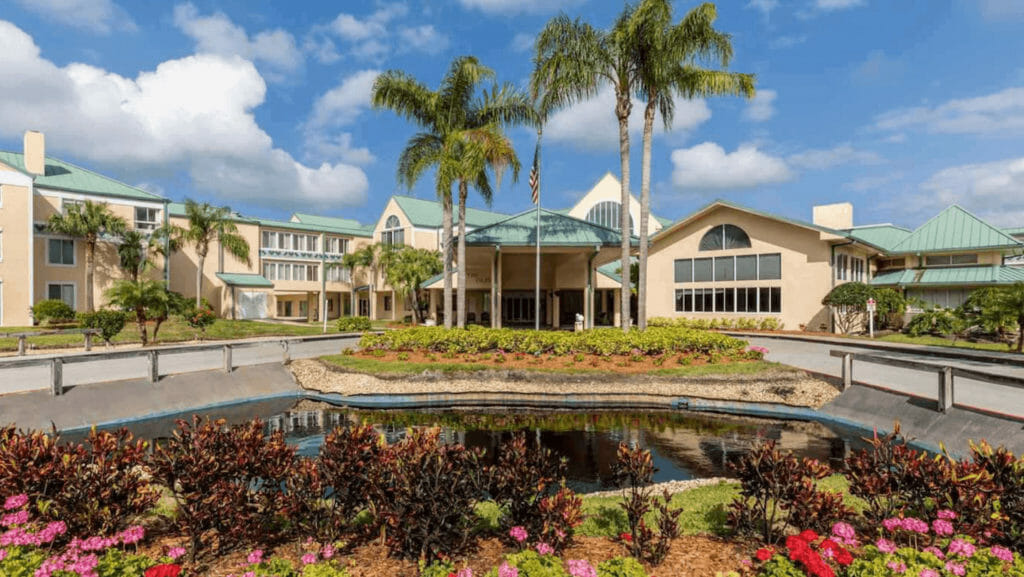
Lynne Katzmann, Ph.D., founded Bloomfield, NJ-based Juniper Communities 30 years ago. Today the company has 24 properties in four states and more than 1,600 employees. The CEO and president recently took time out of her busy schedule to share her thoughts about the past, present and future of senior housing. And worm farms.
Given that it is the 30th year for Juniper, could you talk about how the company began?
I was helping the board of directors at a small public company called Metrocare, and when we sold it, I left. I decided I wanted to start a fund that would invest in what I called “undermanaged” real estate, and we would not operate directly at the time. We wanted to work with small, mission-driven, regional operators. This was 1988.
The market was not enamored of our industry at that time, so raising a large fund was not happening for someone with a limited track record. So I went out and found a couple of properties and raised money around that. I raised it from a group of investors in small amounts. They were all angel investors, and most of those people remain part of Juniper today.
What worked for me — and I’ve told this story before — I learned a very powerful lesson about raising money early on, and about mission and about culture. And I learned it in a way that I never would’ve thought.
I was at the Bank of Boston, and by this point I had raised some of the equity and I was looking for debt for these two properties. And they took the meeting, I flew up to Boston, sat with them, and it was very clear early on in the meeting that they weren’t going to lend to us — or to anyone, for that matter, but there I was, making my little pitch.
And at the end of the meeting, there was a young associate there, a woman, and she turned to me as the meeting was breaking up and she said, ‘Why are you doing this?’ And I said, ‘Do you really want to know?’ And she said, ‘Yes.’ And I said, ‘Because I believe that we need to make the world for aging adults better, that what’s going on needs to improve, and if we can buy properties and improve the quality of life for people by working with smaller, quality operators, we can serve as a model for public policy. We can show that senior housing — at that time, it was only skilled nursing — is really a good option for many people.’
And I saw her transform during that discussion. To talk about doing well by doing good, people like purpose. People like believing in something, and if they believe you are true to your word and believe in it as well … I knew right then and there that if they had money to give, I would have gotten it.
And so as I started Juniper, it’s kind of like coming out. So I came out in my socially responsible self that I had been doing in many ways before in other areas, but the fact that you could be for-profit and improve lives really resonated with people. It didn’t resonate with everyone, but those with whom it resonated, you would form a relationship, a bond, and it works. And that was a really, really, really powerful lesson for me.
So the end result is that ever since that, we have been out about our commitment to doing well by doing good, and it’s been a focal point of not only what drives our company and our investors and our banking relations, our capital relations, but also with our team members. It has become the reference point of our culture, and everything revolves around it, the desire to create better lives for people while at the same time operating a successful business.
This was 1988. We started with skilled nursing. That’s all there was. And then in the early 1990s, we got into assisted living. Initially it was by converting a Section 8 housing building and an old hotel, both in Florida.
And then from there, we decided we would try design and construction. We built three buildings that are still really strong players today. And we built those to ‘green’ standards. There was no LEED at the time. We built to the city of Austin green building standards for the first building. We built to the city of Denver’s green building standards for the second, and then we did a LEED prototype for the third, in New Jersey.
And then a couple years later, we decided we couldn’t find enough small, quality regional operators, so we started our own operating company that’s been around now for almost 20 years.
How do you decide what areas to go into — product type and location?
Let me start with location. We were opportunistic.
When you’re looking for the right price opportunities, you need to take them where they are. And originally, because we weren’t operating ourselves, the different locations of our buildings didn’t matter as much. So we were in Connecticut, Massachusetts, Maine and then we went to Florida, Colorado and finally to Pennsylvania. it was more opportunistic than anything else.
Juniper’s model is based on two things: Our operating platform and our financial strategy. We buy properties in decent locations that are undermanaged. We buy them well, price-wise, and we use our equity. We often just buy with cash that we have and then refinance it out.
We can’t compete against a [real estate investment trust] except on mission, and in certain cases we have been the successful bidder because of who we are, but that’s rare. Generally, it’s price.
So we would go into properties and buy the property at a low price and then improve the operations, be able to refinance out cash and then reinvest that cash.
We have not raised any capital since 2002. Everything we buy now is via our own cash flow or internally generated equity.
You touched on the fact that 30 years ago, the industry was limited to skilled nursing. What are some of the other big ways that senior living and care has changed over the past 30 years?
The product type has changed dramatically. We went from skilled nursing to assisted living to memory care. Now we’re seeing more on the independent living side, and there’s more attention now in senior house being paid to the 55+ product line as well. So there has been a major shift there.
On the operating side, we have gone through a series of regulatory changes, initially on the skilled side and then, as assisted living has come into its own, some changes to begin to deal with the fact that assisted living now does provide care; it’s not a pure hospitality model.
I think the bigger operating changes, though, come in how one manages. Juniper has been a big proponent of electronic operating systems. In 2011, originally because of planned skilled nursing-related changes associated with the Affordable Care Act, we made the decision to go away from paper. We implemented an electronic health records system in 2012 across our entire portfolio. Our view was that if it came to skilled nursing, then it would be part of assisted living over time, and we wanted a single operating platform.
But even before we had an EHR system, we tracked all kinds of quality metrics on a regular basis. We have over a decade’s worth of quality metrics, everything from falls and psychotropics to marketing, sales, quality, clinical, demographics. We know what the trends have been and how they have changed over time in our portfolio. The EHR system makes it a little easier for us to continue to do that.
You alluded to rising acuity. You have tried to address the changing nature of assisted living and rising acuity levels through Connect4Life, staffing-related challenges through the 15×20 program and misconceptions about aging through the trip to Burning Man. What other efforts at Juniper do you think are unique or special?
I think our Green Canopy program is pretty cool. We were green before it was cool. We’ve been doing environmentally sustainable development for a very long time and had water efficiency and LED bulbs — actually they were CFL initially. We went through and changed everything from incandescent to CFL and now it’s LED. Recycling. We even considered worm farms at one point in time. I tried it at my house, and it was such a disaster that we didn’t do it. Being green was important.
And our training programs. We learned early on in associate satisfaction surveys that our associates were really hungry for learning. And so we developed a whole Juniper University around that, and that has served us very, very well.
What do you think the future holds for senior housing?
What’s happening now is monumental relative to the changes of the past. Going from skilled nursing to assisted living was a major shift in terms of consumer-driven and person-centered senior housing. Medicare and Medicaid essentially opened up skilled nursing for people without resources, and so much of what our industry has become has to do with the fact that people needed housing in addition to healthcare. And that whole idea is coming full circle, and that’s part of what my newest initiatives are working on, having service-enriched housing that support your needs, particularly as you age, and deals with chronic issues, which saves money.
The boomers are beginning to come to a point where they’re thinking about using senior housing. The industry is going to change in a number of ways: programming, communication — social media, the internet and other technology — and environment. And all of them, in my mind, are going to be to create an integrated community.
People don’t really want to live in tiny units. They want to live in a place that is not at the edge of town but that is integrated with the greater community. That can mean the greater community comes into the building and also that residents can go out. It’s a totally different model. The key word is integration — integration of care and services and housing, integration in programming with a model that is truly about continuing to experience life, which is not segregated, and an environment that supports that.
Those kind of changes are beginning. You can begin to see little pieces of those changes in the market already, and I think that evolution will continue.
I’m not sure what buildings will look like in 10 years. Senior housing is going to look very different, on a physical plant side, on a care versus non-care versus hospitality side, and on the programming side. We’re seeing a true shift in the industry occurring.



